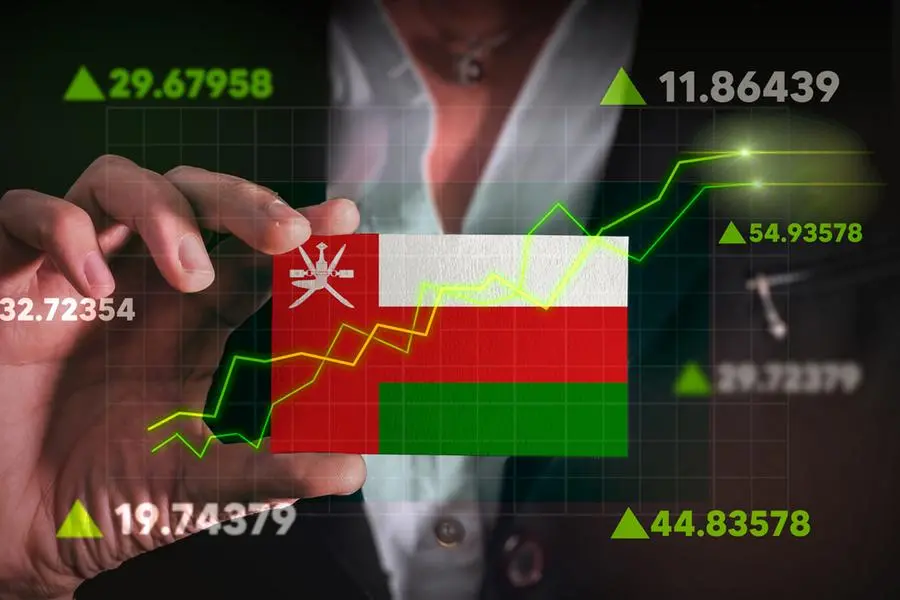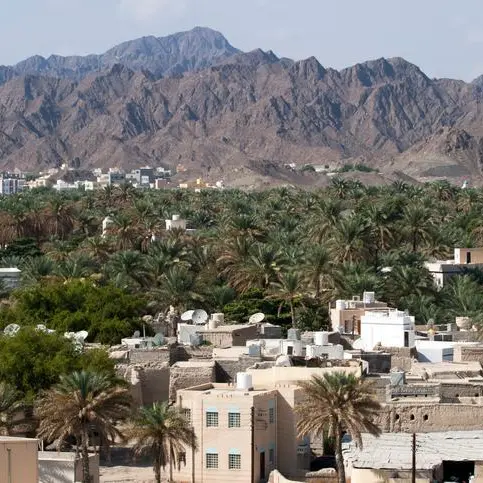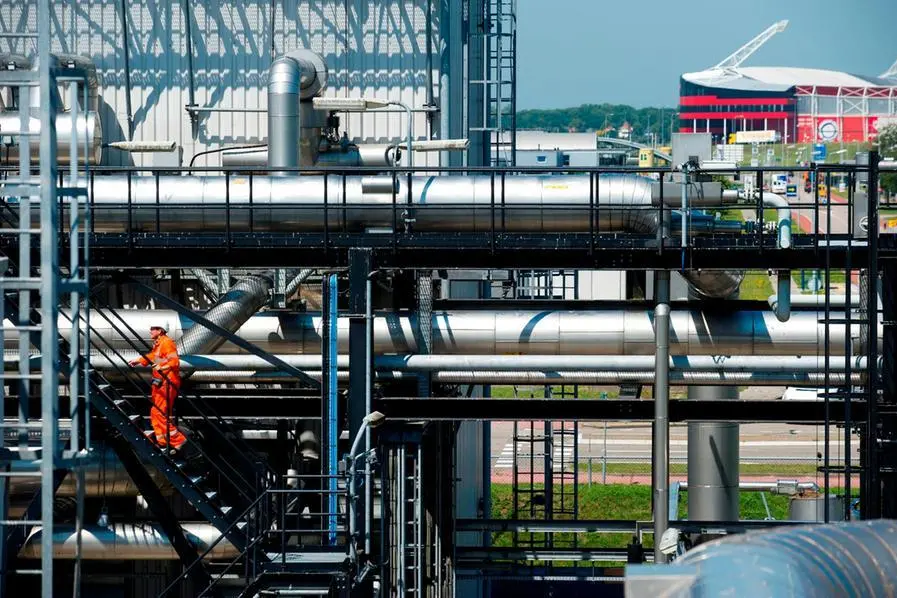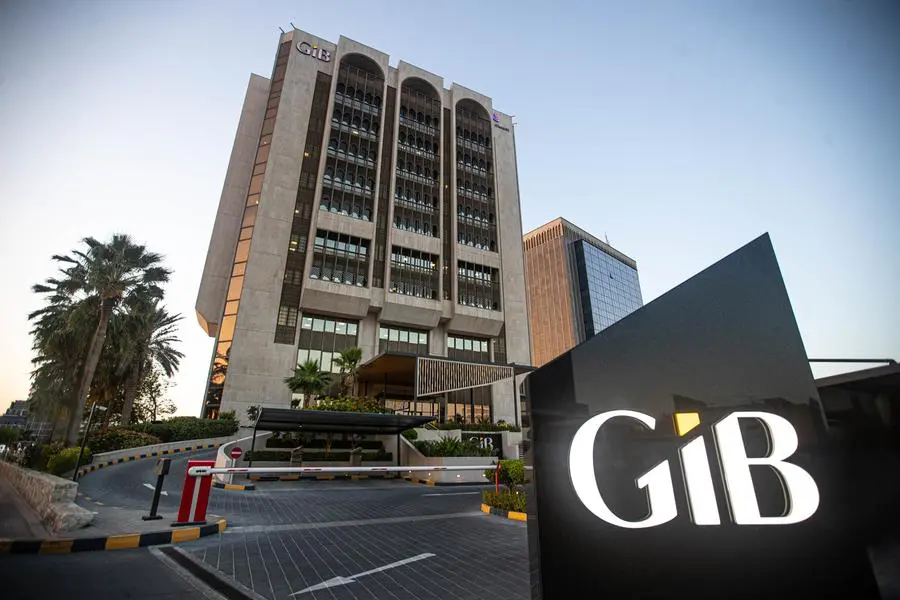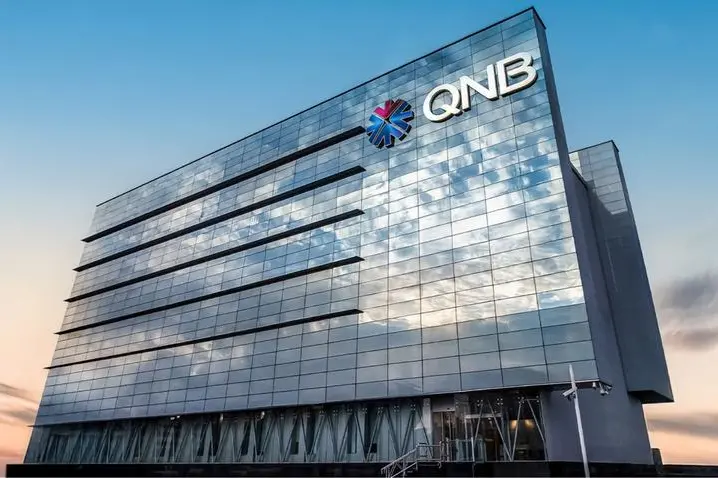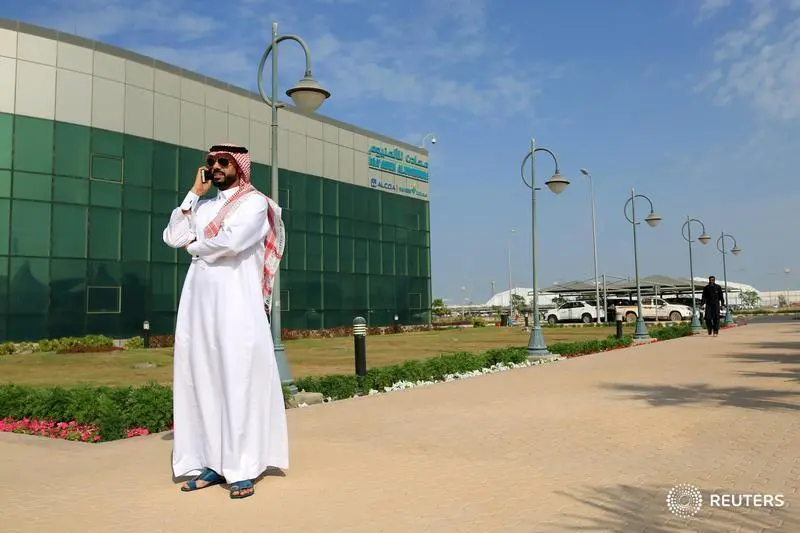PHOTO
Muscat: The Sultanate of Oman’s consumer prices have seen deflationary pressures recently with year-on-year index decline twice within the last five months, according to a new report.
“Among the six GCC countries, Oman reported the lowest average y-o-y growth in inflation during March-2024 at 0.2 percent as compared to –3.1 percent growth in March-2023,” Kamco Invest said in its GCC Inflation Update May-2024 report.
“The index reached its lowest level for the last twelve months during February-2024,” the report further said.
“Oman’s marginal inflation growth was mainly supported growth in key CPI indices such as the Food and non-alcoholic index which recorded 3.3 percent year-on-year (y-o-y) uptick during the month as well as the tobacco index which witnessed 2.4 percent y-o-y growth during the similar period.”
The report further said that in the food and non-alcoholic beverages group, the prices of fruits increased by 0.7 percent, milk, cheese, and eggs by 3.9 percent, sugar, jam, honey, and sweets by 1.7 percent, oils and fats by 2 percent, bread and cereals by 1.2 percent, food items by 3.6 percent, and vegetables by 16.2 percent, meat by 2.3 percent and fish by 2.8 percent.
“On the other hand, the Sultanate’s consumer price index (CPI) growth was pushed down by other key large, weighted indices,” the Kamco Invest report said.
The prices of the transportation index decreased by -4.6 percent, the restaurants and hotels index by 0.1 percent, furniture, fixtures and household equipment, and regular home maintenance by 0.3 percent, the report further added.
GCC inflation trajectory
The Kamco Invest report further said that inflation in the GCC countries stayed subdued during the first quarter of 2024 as global inflationary pressures fluctuated during the period because of the impact of the opposing forces of a resilient global economy and ongoing geopolitical tensions.
Falling inflation coupled with recovering global economy has allowed central banks around the world to halt rate increases.
Dubai witnessed the largest inflation increase in the GCC during March-2024 reporting a growth of 3.3 percent y-o-y surge during the month as compared to 4.3 percent in March-2023. Kuwait reported 3 percent inflation growth during March-2024 while the remaining three countries of the GCC reported monthly inflation growth of less than 2 percent during the month (Saudi Arabia at 1.7 percent, Bahrain at 1 percent and Qatar at 1.1 percent).
On the Middle East and North Africa (Mena) front, the IMF expects inflation in the Mena region to stay unchanged at 11.2 percent in 2024 (vs 11.2 percent actual in 2023) and drop to 8.6 percent by 2025. Similarly, the IMF forecasts inflation in the GCC region to stay the same at 2.2 percent in 2023 and 2024 before recording a marginal decline to 2.1 percent in 2025.
Moreover, as globally coordinated monetary tightening measures appear to have ended, expectations of rate cuts rose during the early months of the year. So far, these expected rate cuts have not materialised due to lack of further progress on inflation. On the contrary, US inflation increased more than expected in March-2024 (3.5 percent y-o-y) mainly due to price increases in petrol and housing costs, dampening hopes of interest rates cut from the Federal Reserve. The US Fed decided against the widely expected rate cuts keeping its benchmark short-term borrowing rate the same (5.25 percent to 5.5 percent).
On the other hand, according to EuroMonitor International, a strong US Dollar is worsening economic conditions exacerbating inflationary pressures in some emerging and developing countries. For many raw material importing countries, the strong US Dollar is pushing import costs higher, increasing overall cost of goods and services as well as becoming a drag on economic growth.
© Muscat Media Group Provided by SyndiGate Media Inc. (Syndigate.info).
